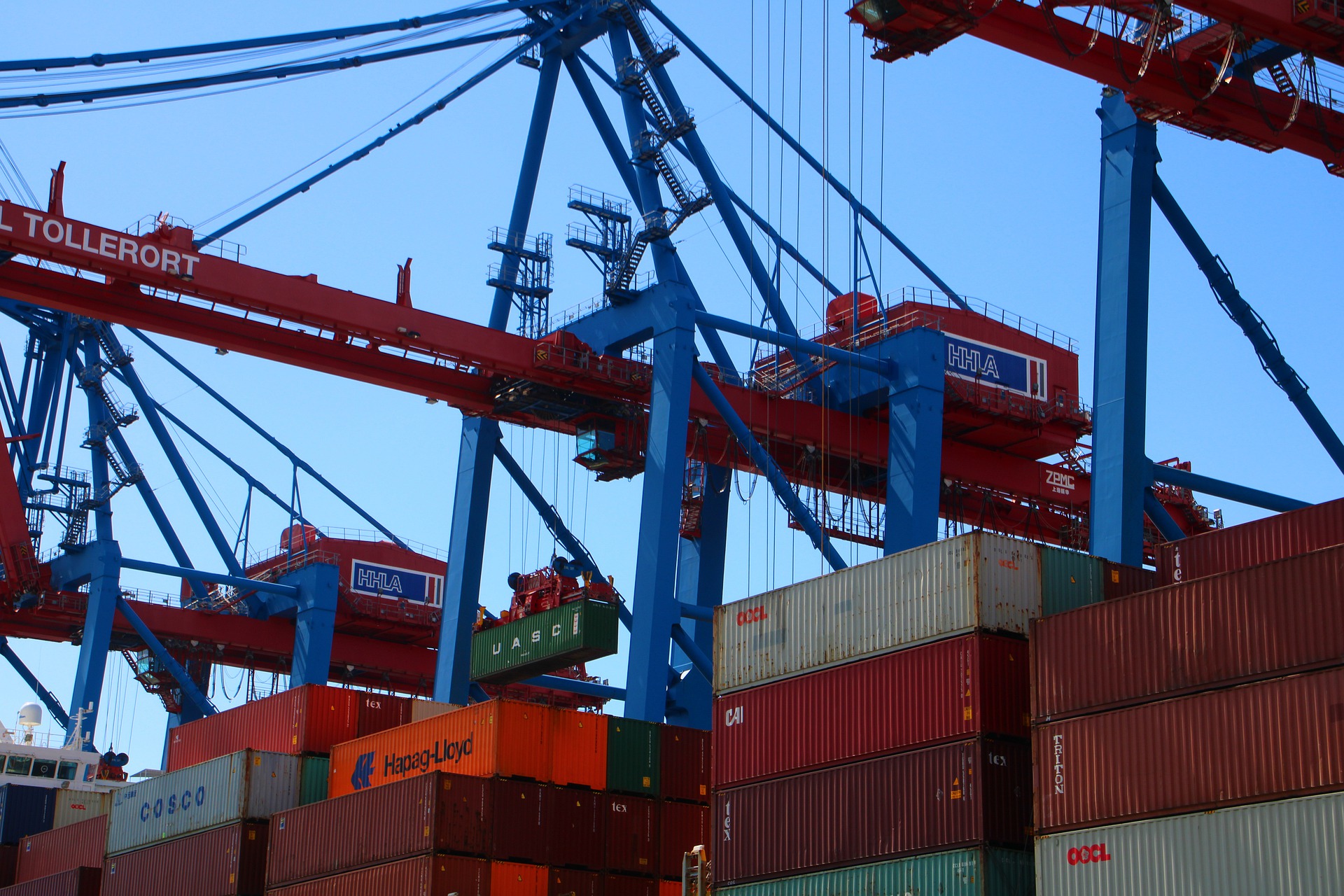We tend to think of obvious polluters like oil and gas when we think of the world’s most polluting businesses. After all, the Environmental Protection Agency in the United States regulates industries that the government considers to be environmentally hazardous, such as agriculture, oil and gas, transportation, electric utilities, and construction. But why not the $1.4 trillion global fashion industry, which is estimated to be responsible for 8% of global greenhouse gas emissions?
Fashion law is a branch of law that deals with problems that arise in the fashion business. Intellectual property; corporate finance, with subgroups ranging from regarding employment law to real estate; international trade, and government regulation, including questions of safety and sustainability; dress codes and religious apparel; consumer culture; privacy and wearable technology; and civil rights are some of the key fields of interest. Textile manufacture, modeling, media, and the cosmetics and perfume industries are all covered by fashion law.
Fashion is now a worldwide industry with intricate supply chains that go across the globe as corporations look for the cheapest raw materials and low-cost labor. Cotton and wool are normally manufactured in one nation, then shipped to another to be processed into fabrics, and then cut and sewed into clothing in a third country. The final outfits are sold in markets all over the world. Euromonitor projected that 50 billion articles of clothes were produced globally in 2000; by 2015, that figure had risen to 100 billion. Clothing rentals and online secondhand markets are two innovative business concepts aimed at reducing the total number of clothes made each year.
Some companies have attempted to govern themselves, such as Everlane’s commitment to replace all new plastic in its supply chain with recycled plastic and Allbirds’ decision to levy a carbon price. However, in such a big, worldwide economy, consumers and brands can only do so much. Governments should begin regulating the fashion industry in the same way they regulate oil and agriculture. This would be a more effective method to effect change.
- GATHERING DATA
The influence of the fashion business on the environment has been poorly understood for decades, partially due to a lack of government support for research. Some analysts estimated that the fashion business was the world’s second-largest polluter, just after the oil sector, but this statistic was difficult to back up with evidence. Environmental groups and other organizations are just now starting to look into the issue, and the information they’ve unearthed is astounding. Textile manufacture, according to the Ellen MacArthur Foundation, uses 98 million tons of nonrenewable resources per year, ranging from the oil used in synthetic fibers to fertilizers used to grow cotton and 93 billion cubic meters of water.
- WRITING LEGISLATION
Governments enact laws governing how fashion businesses should operate. In France, for example, Poirson was a driving force for legislation prohibiting businesses from destroying goods. They might, however, implement a variety of different policies. Fashion businesses are renowned for wrapping their products in single-use transparent plastic as they move downstream: the government may require companies to use recyclable materials or find a method to use reusable bags for this packaging. Another policy option is to make it illegal for brands to use virgin plastic now that high-quality recycled polyester is available. This would raise the price of recovered plastic, incentivizing plastic recyclers to collect as many abandoned plastic bottles as they can.
- CREATING IMPLICATIONS
Brands such as Levi’s are already considering how to make recyclable clothing, such as fleece truckers jackets with synthetic fleece that can be recycled in one system and denim that can be separated and recycled in another. This would usher in a new era of circularity in fashion, in which we would no longer need to generate fresh cotton, wool, textile materials, or even other commodities, instead of relying on existing ones. Because the majority of emissions are created early in the supply chain, from the sourcing of raw materials, this would drastically reduce carbon emissions.


















